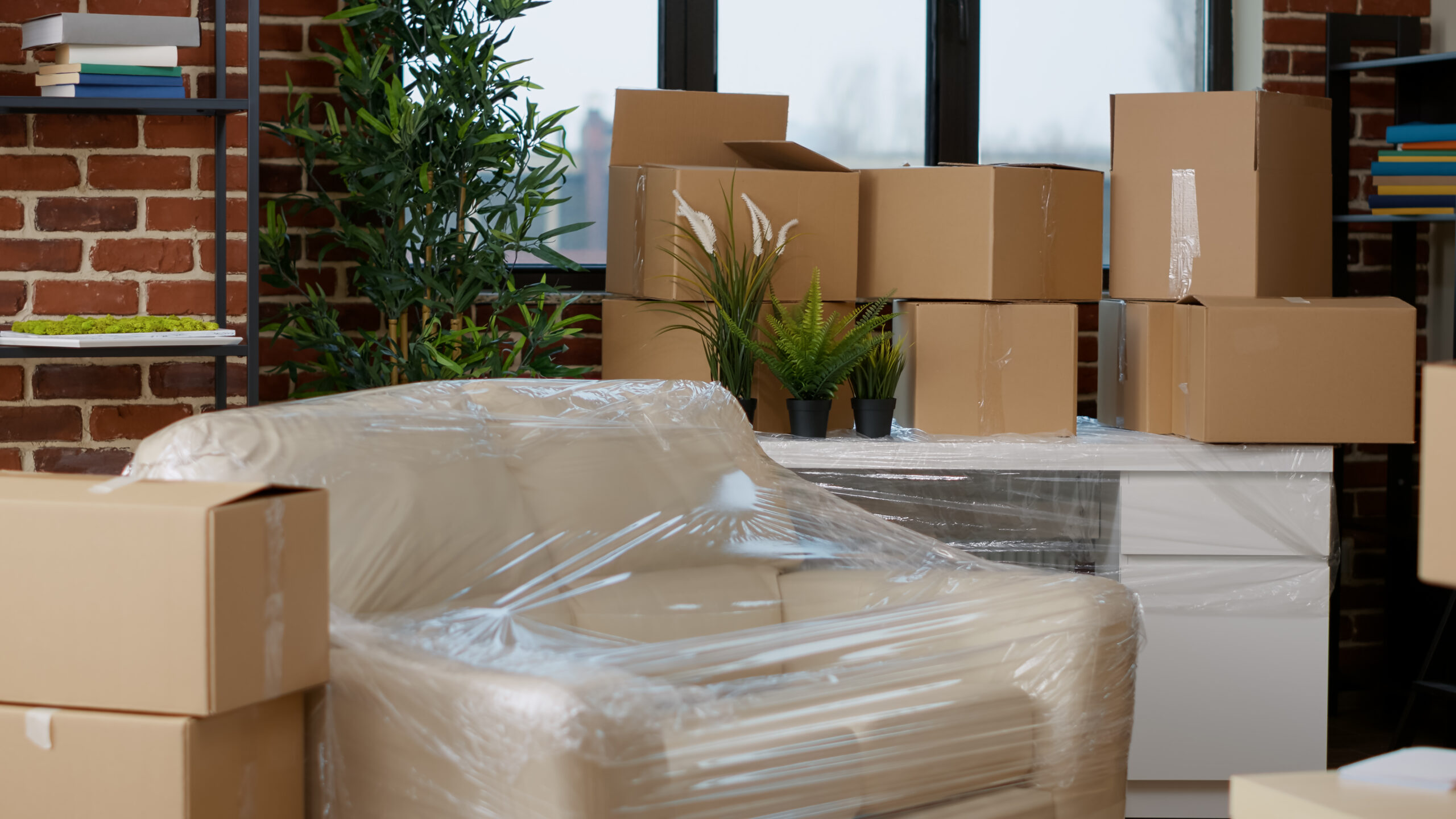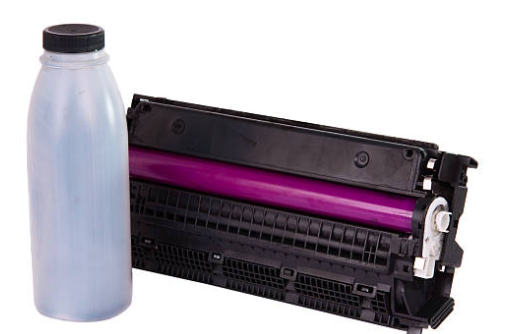How Do I Prepare Furniture for Moving Day?
The most challenging hurdle to clear on a moving day would be balancing the logistics with the emotional burden of dealing with your fragile yet bulky furniture. And, these are often the hardest parts to handle. Each piece of furniture needs to be properly prepared so that it survives the move intact. No matter if you are moving within Singapore or long distance, the planning and approach needs to be proper for the process to be smooth. For reliable transport, extra help might be needed, and you can check https://www.cheapmoverssingapore.com/piano-furniture-safe-mover/ as they deal with the heavy lifting for you and ensure safe relocation of your furniture.
Why Is Furniture Preparation Important Before Moving?
Furniture is usually too valuable and delicate to toss around carelessly. A wooden table, sofa, or wardrobe could suffer scratches, dents, or even break without proper handling. Reducing the risk of damage, ease of loading, speeding up the entire process, and protecting the furniture, walls, and floors from sudden impacts are some advantages that can reduce problems. Having a proper plan makes it easier to prepare.
Steps to Prepare Furniture for Moving
With professional support, you can have a damage-free experience while relocating. To get the best professional support, visit https://www.cheapmoverssingapore.com/ now.
1. Make an Inventory of the Furniture
Take ample time to draft the list of items to be relocated and click pictures of the same, especially the expensive and fragile ones. This will help keep your valuables in check, and in the event of damage, you have proof to back your claim.
2. Check the Dimensions of the Doors and Hallways
Check if the furniture fits through the doors and hallways without any potential issues. If some items are too complex to fit, they must be disassembled. Doing this early will ensure timeliness and mitigate damage to the furniture, walls, and other items.
3. Break down Large Pieces of Furniture Further
Furniture that can be broken further should include beds, dining tables, and bookshelves. Tables and sofas should have their legs removed. Headboards should be detached, and modular boards should be taken apart. Make reassembly easier by putting all the screws, nuts, and bolts in identified bags with labels; so they can be easily located later.
4. Clean Your Furniture before Packing It Away
During transit, dirt and debris can result in scratches. Before packing, remove the dust from wooden furniture, vacuum siding fabrics, and polish glass details. This will allow your belongings to be preserved in a way that allows them to be used upon moving to the new location.
5. Use Protective Packing Materials
The right way to pack your belongings helps avoid scratches and dents. Use:
- Moving blankets or furniture pads for wrapping wooden surfaces and any other that may require delicate handling.
- Bubble and plastic wrap can be used to hold together parts that can be unscrewed and upholstered parts.
- Accessories that minimize damage include mirrors, picture frames, and table corner protectors.
- Sandwiched rigid cardboard to fill in the gaps between piled objects to stop rubbing against each other and causing damage.
6. Make Sure Drawers and Doors Remain Closed
Cabinets and dressers with drawers and doors must be made so these parts cannot move while travelling. So, tape or plastic wrap is helpful here. As an option, place the packed drawers into boxes to reduce the weight of the furniture set.
7. Protect Glass and Mirrors
Glass tabletops, mirrors, and other fragile surfaces should be bubble-wrapped with cardboard reinforcing them. Mark these items “Fragile” so the operator ensures further protection is needed.
8. Use Proper Lifting Techniques or Seek Professional Help
Damaging furniture and struggling personal damage can appear due to fallacious lifting. Always use your legs to boost heavy items rather than your back. For large portions, it’s far great to get assistance. If coping with heavy furnishings is something you are not comfortable with, professional movers may be able that will help you relocate the fixtures without any threat of damage.
9. Arrange Furniture in the Vehicle Thoughtfully
While loading the moving truck with the furniture:
- Set the heavy pieces at the back and bottom for a stable base.
- Store upright large and flat items such as mattresses to maximize space.
- Weight needs to be balanced to avoid moving too much during transportation.
10. Careful Unloading and Reassembling
Once you get to the new location, furniture should be carefully unloaded. Pieces that were taken apart should be put together first and checked for all screws and bolts to be securely in place. The final step is cleaning the furniture, after which it can be positioned.






